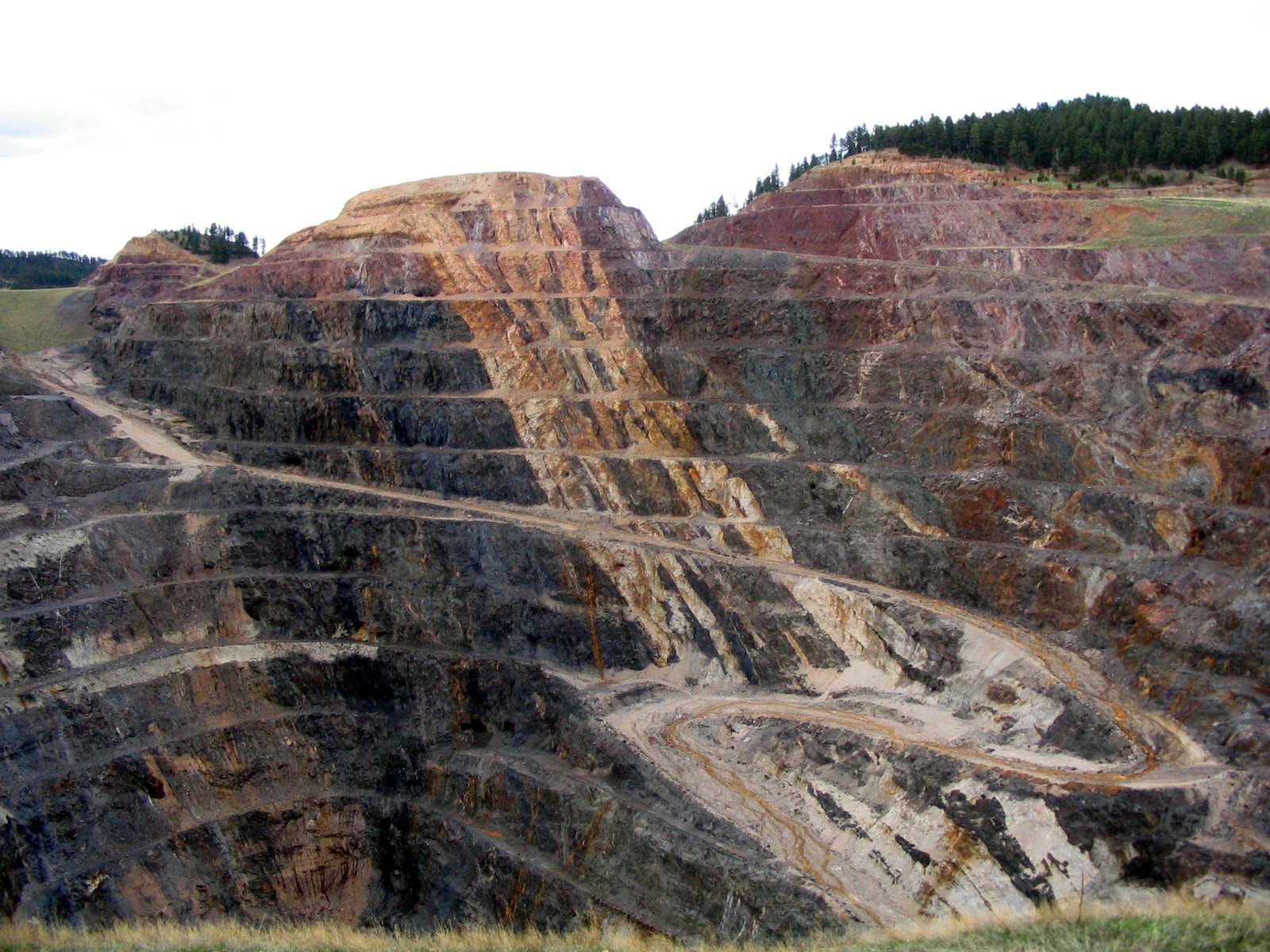The mountain-top battle over the Thirty Meter Telescope
Plans to build one of the world's biggest telescopes on Mauna Kea in Hawaii are mired in conflict. Four people involved in the fight explain their diverse views.
A sacred place for Indigenous Hawaiians
A great view for astronomers
There must be a position of balance between belief and science.
Read the full article here (opens in a new window)
This kind of fight is well-known to my people as we continue to fight for our He Sapa (Black Hills). Our origin stories and our beliefs make the He Sapa the center of our universe and the most sacred of places for the Lakota people. Imagine your most sacred cathedral....
Many Sioux tribe members insist that the 1877 act of Congress that removed the Sioux from their home in the Black Hills of South Dakota (above) was invalid and a scam. It was not agreed to by enough tribal members and the land was not for sale. (Photo courtesy of Jason Riedy/Flickr)
Read the full article here (opens in a new window)
Our sacred place has been and is being torn apart. In this
publication by the U.S. Geological Survey, you can see a listing of all the mines in the He Sapa.
photo by Kevin Eilbeck, Rapid City, SD
"Homestake Mine Pit" by Rachel Harris - originally posted to Flickr as Gold mine in Lead, SD. Licensed under CC BY 2.0 via Commons


